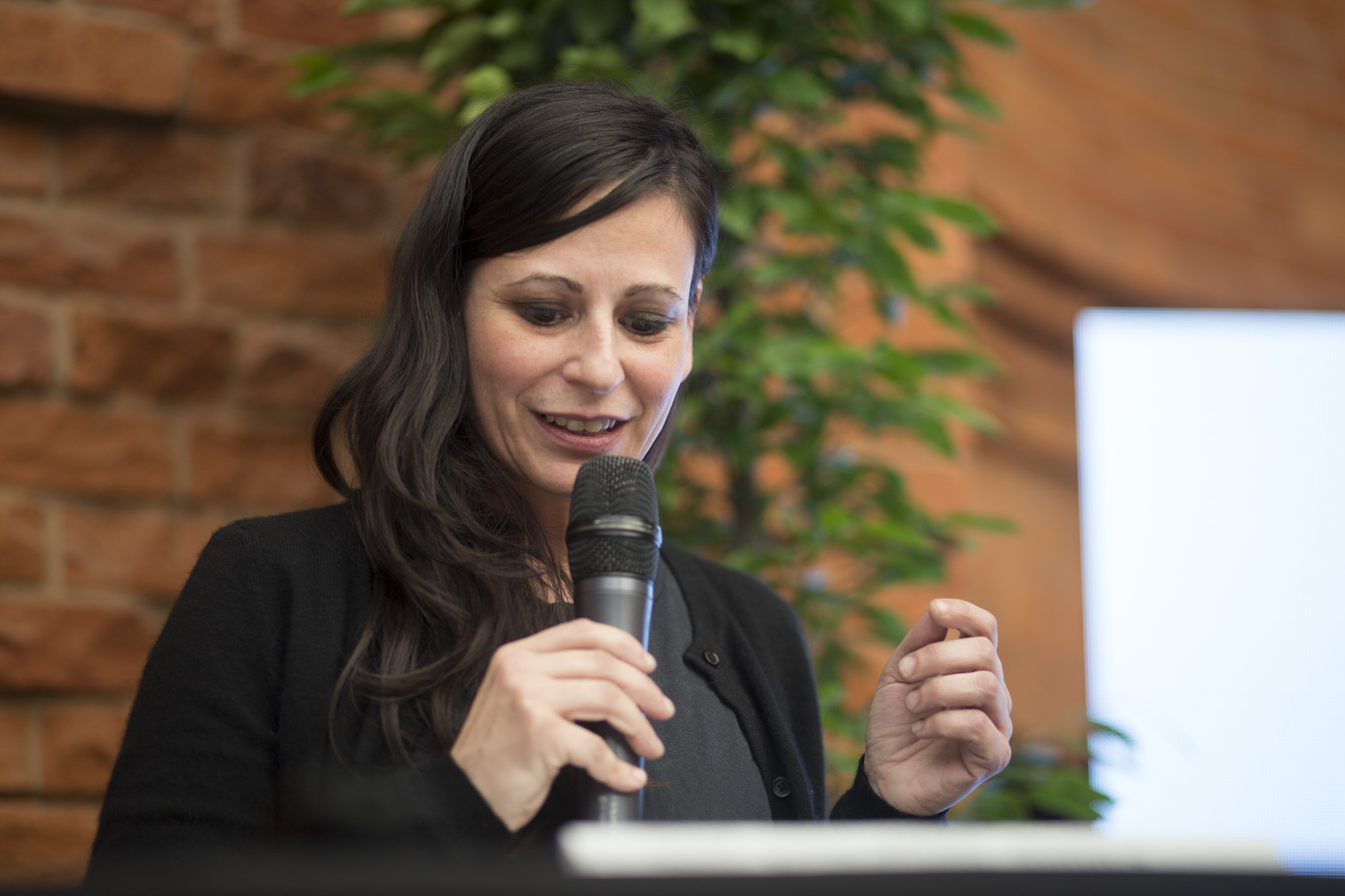"I want to tell you a bunch of lies.
Pasta was invented by the Chinese, and brought back to Italy by Marco Polo.
Nachos aren’t from Mexico, they’re actually American.
Chop suey was invented in American Chinatowns so restaurants had something to serve to Westerners.
Corned beef isn’t an Irish dish, it was actually the name for Irish beef exported to Britain and salted so that it could feed the British Navy.
These little food history tidbits sound true because they’re cute and counter-intuitive. But all of them are wrong.
Pasta actually existed in Italy long before Marco Polo went to China in 1295, although China also had lots of noodles of its own. But dried pasta was part of Jewish cuisine and Arabic cuisine and it had wandered over to Italy via Sicily at least a hundred years before Marco Polo was actually born.
Nachos were invented in Coahuila Mexico at the Victory Club by a cook in 1943 who had to feed some American tourists after the kitchen was closed.
Chop Suey was actually a common dish of chopped leftovers served in Taishan, China called “tsap seui” long before it showed up in American Chinatowns.
And corned beef was the name for Irish beef the British exported for their Navy, but that doesn’t taste at all like what we think of as corned beef today. In fact, the corned beef we know came to us when Irish immigrants, fleeing the famine caused in part by the British beef exports, came to New York City and found that the cheapest cut of meat in the kosher butchers that populated the Lower East Side was brisket and they began heavily salting it to make it tender.
The true story of each of these foods isn’t as simple as “this food comes from here” and “this food comes from there.” The stories of each of those foods is about Jewish and Arabic and Sicilian food getting mixed up together. Of kosher butchers and Italian immigrants. Of American tourists and Mexican chefs.
Photo: Ola Grochowska
The story of food is one of porous borders and flexible traditions. Of missing ingredients and substitutions. Of compromises and making do. Of mis-translations and misunderstandings. Of adjusting regional food to foreign palates. Of appropriation.
Because food is not an either/or proposition. It’s more of a “and/also” kind of deal. Someone sitting down in New York City to eat fried chicken with macaroni and cheese and collard greens on the side has a plate in front of them incorporating Northern European, Jewish, Italian, West African, and African American traditions, stretching back to Northern American cities in the 1920s, to slave cabins in the American South in the 19th century, back across the Atlantic on a forking path that leads to Germany and to Senegal, and even as far back as 4th century Rome. And what if that person is eating Korean fried chicken? It gets complicated.
"Food is a language, one that crosses borders, and one that we all speak. It’s full of slang, and shorthand, and we use each other’s words, and ingredients, and techniques, but when we sit down at the table we all know what each other are saying."
Food is not a pristine science, its history is not something you build with tweezers. It’s a big, noisy, chaotic carnival where everyone throws something into the pot, and what seems bizarre today becomes beloved tomorrow. When I was growing up sundried tomatoes were a novelty, sushi was an oddity, and portobello mushrooms were a luxury. Not 25 years later, portobellos are played out, sundried tomatoes are quaintly retro, and you can find sushi in almost every supermarket in the United States.
Photo Ola Grochowska
Food is a language, one that crosses borders, and one that we all speak. It’s full of slang, and shorthand, and we use each other’s words, and ingredients, and techniques, but when we sit down at the table we all know what each other are saying.
But there’s a trend in food that matches the trends I see in the world, a trend towards building walls and marking borders. A trend towards identifying “national” cuisines and defending them against change. A trend towards persnickety precision. It’s personified in the image of the monk like chef in a gleaming white kitchen artfully arranging dishes with tweezers. You see it on menus that feature words like organic, seasonal, and local.
There’s nothing wrong with those ideas, but it represents an attempt to simplify the world so it’s easier to understand. It’s an attempt to strip food of its complicated history and confusing cultural crossovers. It’s an attempt to control the story of food.
"National cuisines don’t exist. All of us steal, we adapt, we incorporate other influences, and for a few years our country has a “terroir” but just for a brief moment in time, and then it takes on new influences and changes again."
For many years the biggest insult you could sling at a chef was that her food was “fusion.” In the 2000’s, who wanted to go to an “Asian fusion” restaurant? Fusion sounded fast and shallow, it sounded soulless and breezy, it sounded like California and Wolfgang Puck. But all food is fusion food. Mexican food is part-Aztec, part-Spanish, part-Inca, part-Ecuadorean, part Texan. The most Korean food we can think of today is kimchi, that blend of garlic and peppers and cabbage, but chilli peppers were introduced into Korea by Portuguese traders in the 15th century, via the silk road.
Photo: Ola Grochowska
And do this brings us to Terroir. What does that word even mean? Does it mean that each piece of land has a cuisine and a taste that’s indigenous to it and never changes. That sounds alien to me. It seems too much like a kind of food nationalism, an attempt to build borders and say everything over here is Chinese cuisine, but everything over there is Japanese cuisine, when in fact those are two cuisines that have been influencing each other for thousands of years.
National cuisines don’t exist. All of us steal, we adapt, we incorporate other influences, and for a few years our country has a “terroir” but just for a brief moment in time, and then it takes on new influences and changes again.
"We are the terroir. We’re the cuisine. Each and every one of us is our own country of experiences and meals and flavors and tastes we’ve absorbed over a lifetime and tastes that we have yet to absorb."
But the Terroir conference is Canadian, like me, and to me, terroir means something really different and more free-floating. Our country’s most defining trait — besides enjoying sports that involve sliding around on ice, apologizing a lot, and drinking beer — is our commitment to diversity. That’s become a politically loaded word, but all it means is we accept the world as it is, in all its confusion and chaos. It means that if you’re from Toronto, you grew up eating dim sum, and rotis, and poutine, and curry, and Montreal bagels, and doner kebabs. We didn’t feel a need to protect some mythical, pure Canadian identity from foreign invaders because our identity was made up of foreign invaders who came here to live, and cook, and have kids.
Photo: Ola Grochowska
Today, I only cook vegetables, but I look at my menu and I can still see the lessons I learned growing up in Toronto and living in Hong Kong. I see the influence not just of Japanese yakitori, and Chinese hot pot, and French pastry, and Italian pasta . I see a dish I had in 1994 at the Great Canadian Pancake House in New York City. I see weeds and roots pulled up from New Jersey fields because a Japanese-American forager came into my restaurant and started selling me things I didn’t want but I had to do something with them and now I can’t live without them. I see something I ate in Hong Kong mixed with something I ate in LA mixed with an ingredient I worked with in Mexico, mixed with something I stole from Hungary.
We are the terroir. We’re the cuisine. Each and every one of us is our own country of experiences and meals and flavors and tastes we’ve absorbed over a lifetime and tastes that we have yet to absorb. We are always changing, we’re always stealing from here, and appropriating from there, and learning from way over there, and when we feed each other it’s always a state dinner. My terroir? It’s a mess. It’s a mish mash. It looks like the world. It looks like me.
And while each of us is an individual country of experiences that can never be duplicated, food is still our common language. It’s how we communicate with each other.
That’s why I keep coming on these trips. I need to be uncomfortable. I need to see what’s out there. Because I want to eat the world. And what I’ve learned, going to Hungary, and Germany, and now Poland; is that there is no Polish terroir, there is no German terroir, there is no Hungarian terroir.
We are the terroir. We are the cuisine. Shaped by every meal, by every bottle of wine, by every bag of chips, by everything we’ve ever eaten. And you can either build a wall between you and the world and shut your eyes and grip your tweezers and pray it stays out, or you can raise the gates, cut the barbed wire, and let every cook come flooding over the borders, and give them all a seat at the table. It’ll be a loud meal, and a crazy meal, and a chaotic meal, and sometimes it’ll be scary and it won’t make much sense until later. But I guarantee one thing: it will be delicious."
As told at Terroir Warsaw by Amanda Cohen, Dirt Candy.






